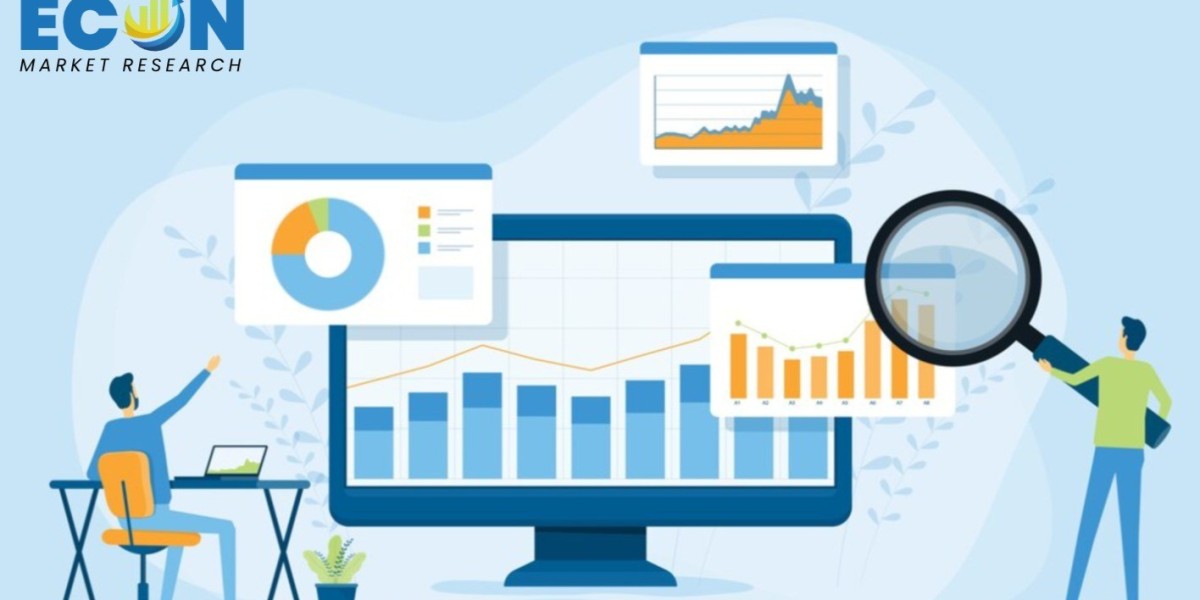In the pharmaceutical industry, ensuring the safety, efficacy, and quality of medications is of paramount importance. Patients rely on pharmaceutical products to treat illnesses, manage chronic conditions, and improve their overall quality of life. To meet these high standards, pharmaceutical companies implement rigorous quality control measures throughout the drug development and manufacturing process. In this blog post, we'll explore the critical role of quality control in the pharmaceutical industry, its key components, challenges, and the future of quality assurance.
What is Quality Control in Pharmaceuticals?
Quality control (QC) in the pharmaceutical industry refers to the systematic process of testing and monitoring pharmaceutical products to ensure they meet predefined quality standards. This encompasses various stages of drug development and manufacturing, from raw material sourcing to finished product release. The primary objectives of quality control include:
Ensuring Safety: Confirming that pharmaceutical products are safe for human consumption and free from harmful contaminants or impurities.
Ensuring Efficacy: Verifying that pharmaceutical products deliver the intended therapeutic effects and meet the desired specifications for potency and dosage.
Maintaining Consistency: Ensuring uniformity and consistency in the manufacturing process to produce reliable and reproducible pharmaceutical products.
Key Components of Pharmaceutical Quality Control
Quality control in the pharmaceutical industry encompasses a range of activities and procedures, including:
Raw Material Testing: Screening incoming raw materials, such as active pharmaceutical ingredients (APIs), excipients, and packaging materials, for purity, identity, and quality attributes.
In-Process Testing: Monitoring critical parameters and process variables during drug manufacturing to detect deviations and ensure product quality at every stage of production.
Finished Product Testing: Conducting comprehensive testing of finished pharmaceutical products to assess their quality, potency, purity, and stability before release for distribution and sale.
Stability Testing: Evaluating the long-term stability of pharmaceutical products under various storage conditions to determine shelf life and expiration dates.
Environmental Monitoring: Monitoring and controlling environmental conditions in manufacturing facilities to prevent contamination and maintain product integrity.
Quality Management Systems: Implementing robust quality management systems (QMS) and quality assurance practices to document, track, and analyze data related to product quality and compliance with regulatory requirements.
Challenges in Pharmaceutical Quality Control
Despite advancements in technology and regulatory standards, pharmaceutical quality control poses several challenges, including:
Complex Regulatory Landscape: The pharmaceutical industry is subject to stringent regulations and guidelines imposed by regulatory authorities such as the Food and Drug Administration (FDA) in the United States and the European Medicines Agency (EMA) in Europe. Compliance with these regulations requires continuous monitoring and adherence to evolving standards.
Advanced Analytical Techniques: The complexity of modern pharmaceutical products necessitates the use of sophisticated analytical techniques and instrumentation for quality testing. Ensuring access to state-of-the-art equipment and trained personnel can be a challenge for some companies.
Supply Chain Management: Pharmaceutical manufacturing often relies on a global network of suppliers and contract manufacturing organizations (CMOs). Managing the quality and consistency of raw materials and components sourced from diverse suppliers presents logistical challenges.
Data Integrity and Documentation: Maintaining data integrity and comprehensive documentation is essential for regulatory compliance and product traceability. However, managing vast amounts of data generated during quality control testing can be resource-intensive and prone to errors.
The Future of Pharmaceutical Quality Control
As the pharmaceutical industry continues to evolve, quality control practices are also advancing to meet new challenges and opportunities. Some key trends shaping the future of pharmaceutical quality control include:
Advanced Analytical Technologies: The adoption of cutting-edge analytical technologies such as mass spectrometry, chromatography, and molecular imaging is enhancing the accuracy and efficiency of quality control testing.
Digitalization and Automation: The integration of digital technologies and automation solutions is streamlining quality control processes, improving data management, and reducing the risk of human error.
Real-Time Monitoring and Process Control: The implementation of real-time monitoring systems allows pharmaceutical manufacturers to monitor critical process parameters continuously and make immediate adjustments to ensure product quality and consistency.
Quality by Design (QbD): The adoption of QbD principles enables pharmaceutical companies to design quality into the product and manufacturing process from the outset, leading to more robust and efficient quality control practices.
In conclusion, quality control is a cornerstone of the pharmaceutical industry, ensuring the safety, efficacy, and consistency of medications. By implementing robust quality control measures and embracing technological advancements, pharmaceutical companies can continue to uphold the highest standards of product quality and regulatory compliance in an ever-changing landscape.









